1940s teenage females had an unexpected degree of freedom and a way of life that would cause jealousy in many contemporary young people.
Their childhood was anchored in custom, raised in a period when society standards stressed dressing well to woo a future husband and working part-time jobs to acquire things like nice wedding china. Still, the surroundings changed significantly as they aged.
These girls discovered themselves negotiating a new, less monitored environment with more disposable wealth than ever before as young men away fighting in World War II and both parents often worked outside the home.
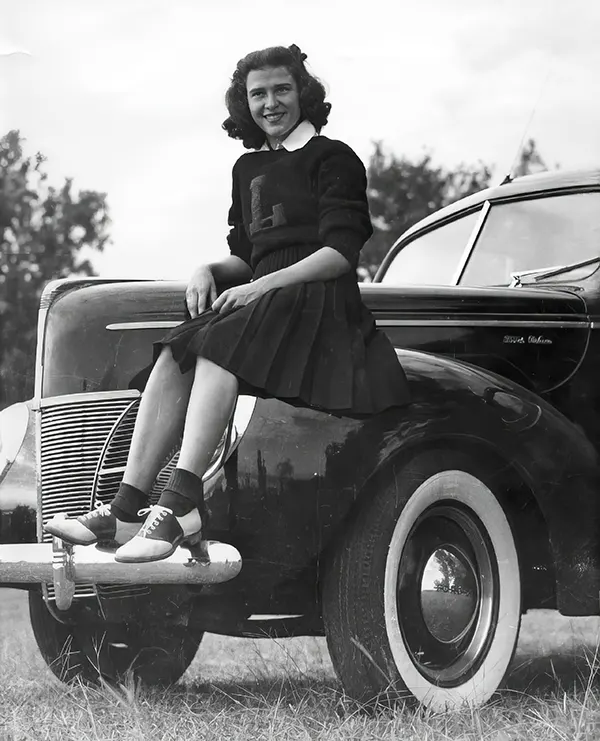
From blouses and skirts to socks, shoes, jewellery, and hairstyles, a rigors dress code enforced at schools controlled every element, therefore promoting a sense of order and conformity.
Outside of the classroom, though, young girls embraced newly discovered freedom in fashion and lifestyle.
Often accessorising with nail-polish-painted eyeglasses, they bought outfits reflecting their own likes, such knit sweaters, plaid skirts, bobby socks, and loafers.
Their bold, unique choices startled designers by straying from the trends favoured by their mothers.
Many changed their style to include pantsuits, slacks, denim jeans, and even overalls—more “masculine” looks.
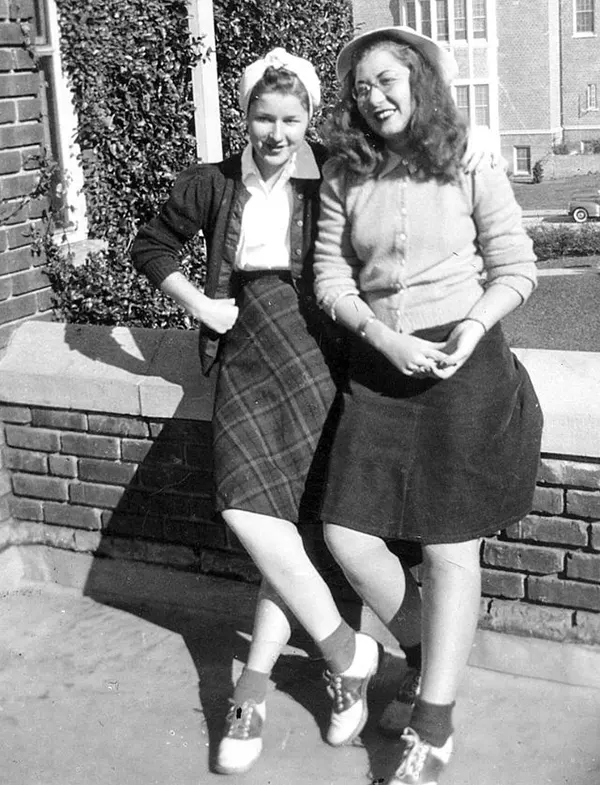
Movie theatres and soda fountains became popular gathering places where Frank Sinatra could be listened to, swing danced, and savoured the relative free will that war conditions allowed.
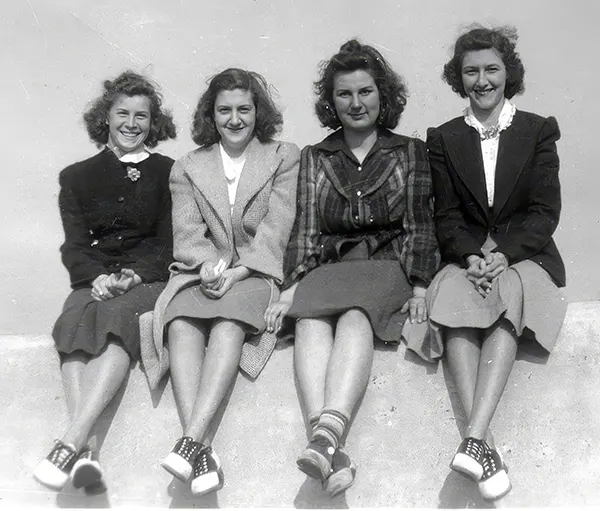
The 1940s entertainment business jumped right into this newly formed sector after realising the growing power of youngsters.
Launched in 1944, Seventeen Magazine was one of the most notable developments of the time. Among teenage females, it became a popular right once providing guidance on beauty, clothes, and negotiating parent relationships.
Mass media first began to influence a unique youth identity in the 1940s and 1950s. Teens started turning their focus from family relations to their peers, spending more time in activities catered to their interests.
From drive-in theatres to soda fountains, they visited venues meant for their amusement, therefore adopting a lifestyle sometimes confusing or alarming for their parents.

Notwithstanding this change in society, suburban houses of the 1950s gave the idea of family unity a fresh platform.
Modern living evolved with the addition of “family rooms,” which provide a centralised space for families to watch TV, eat TV meals, listen to music, and engage in game play.
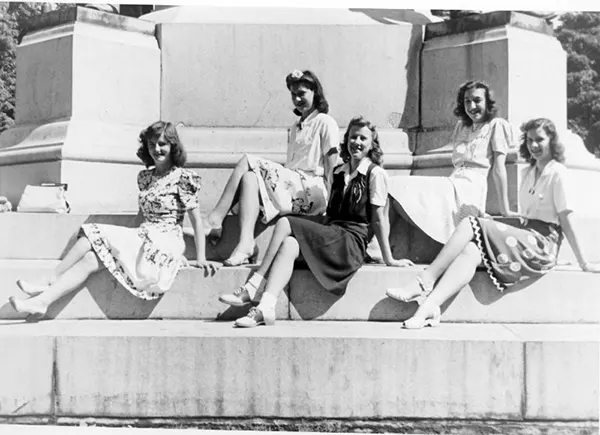
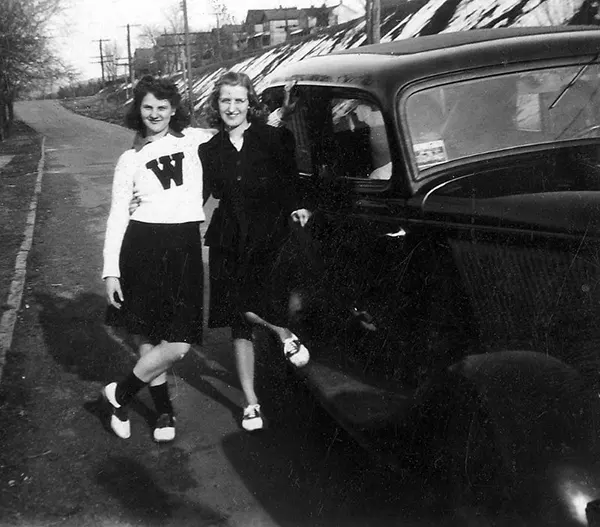
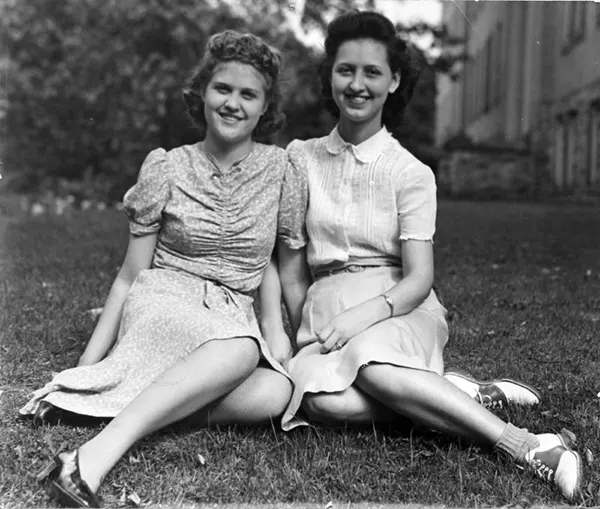
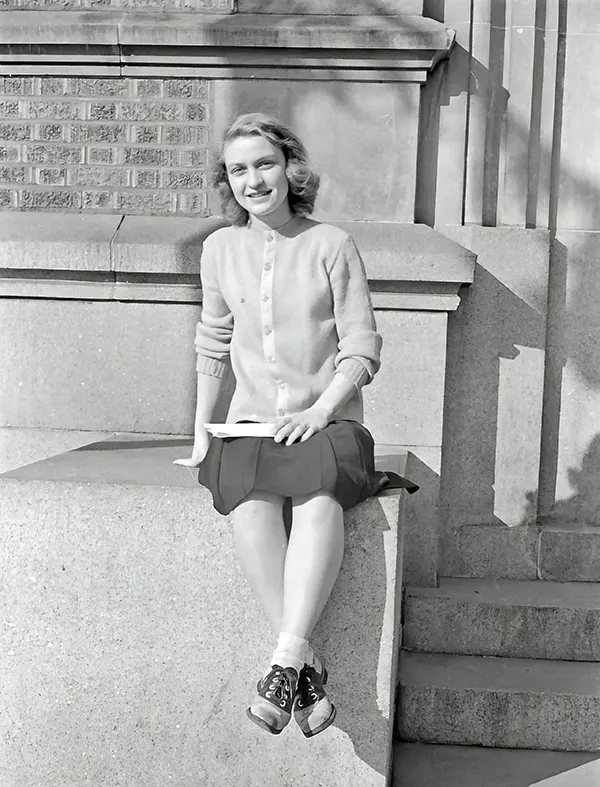
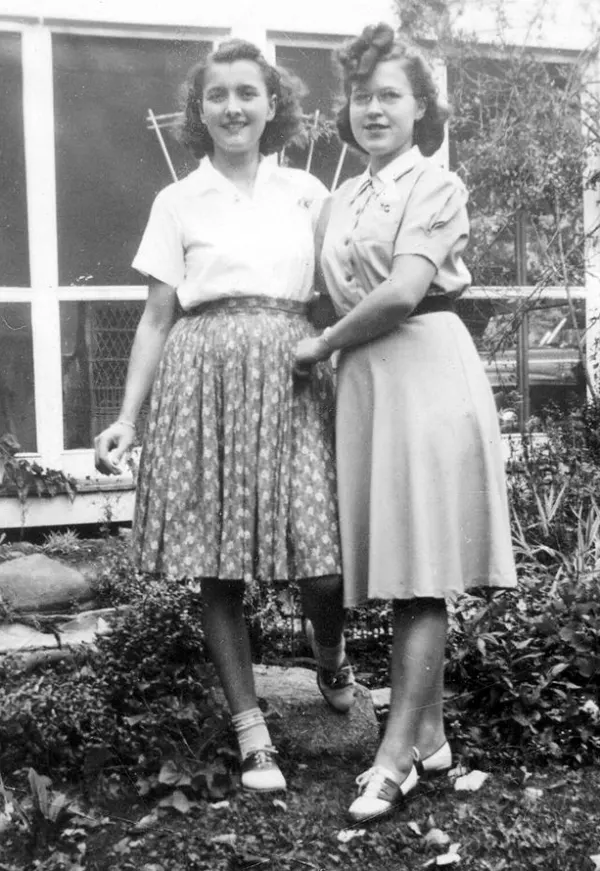
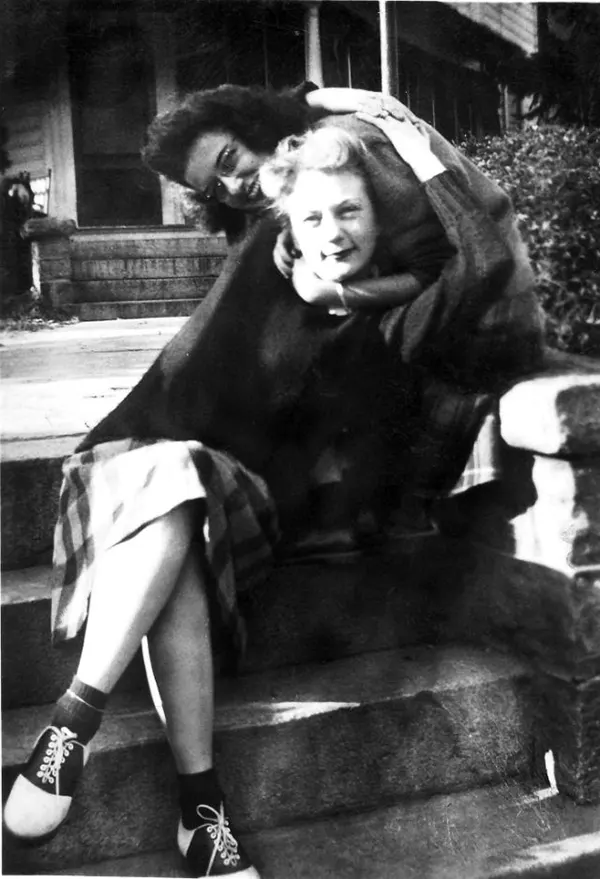
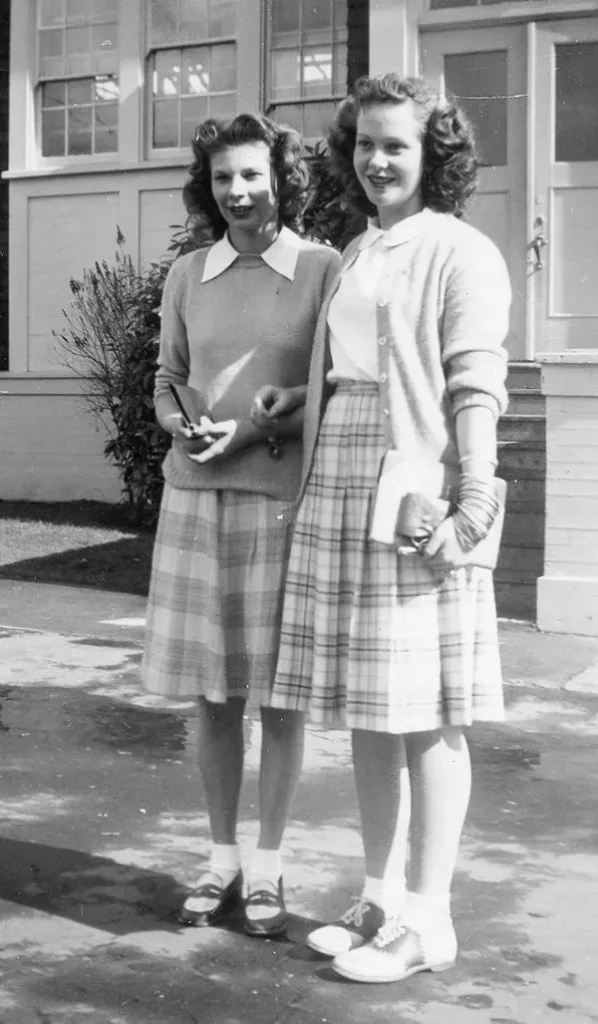

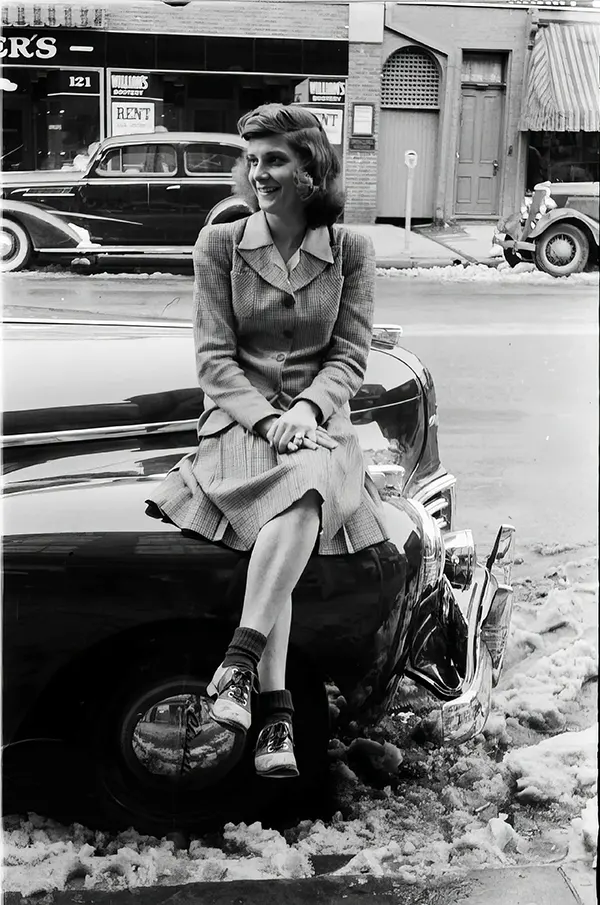
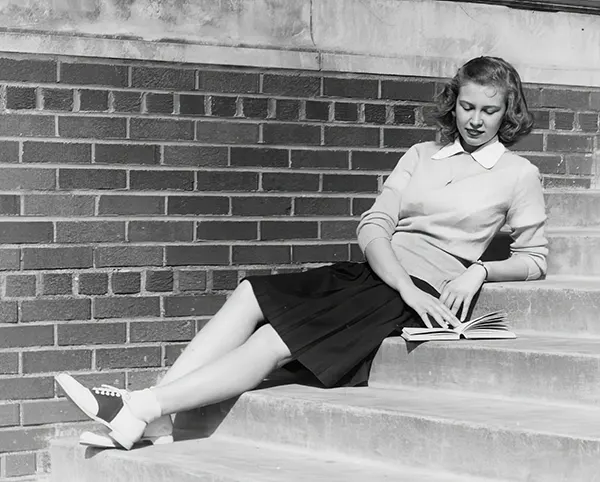
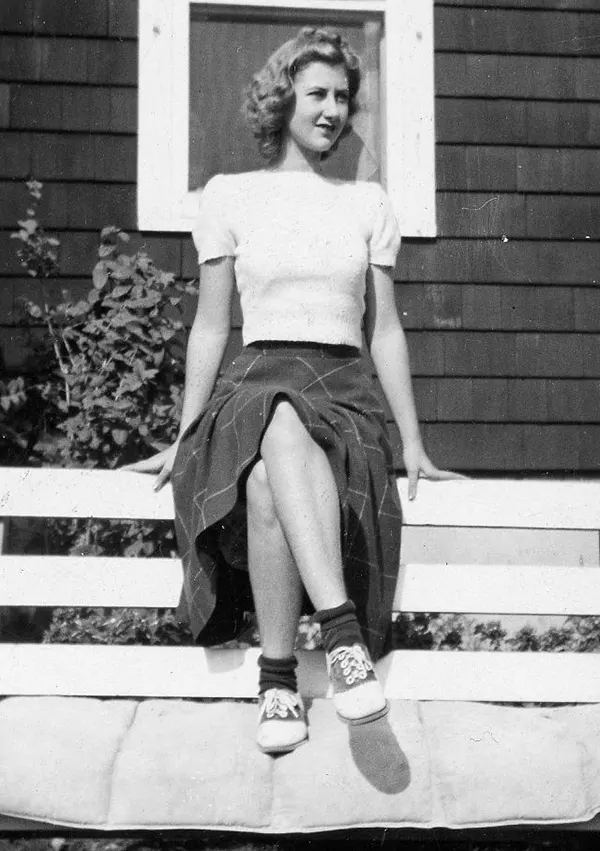

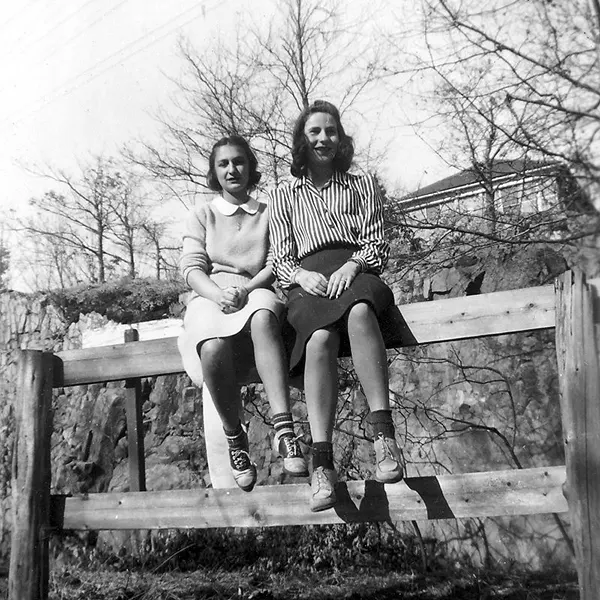
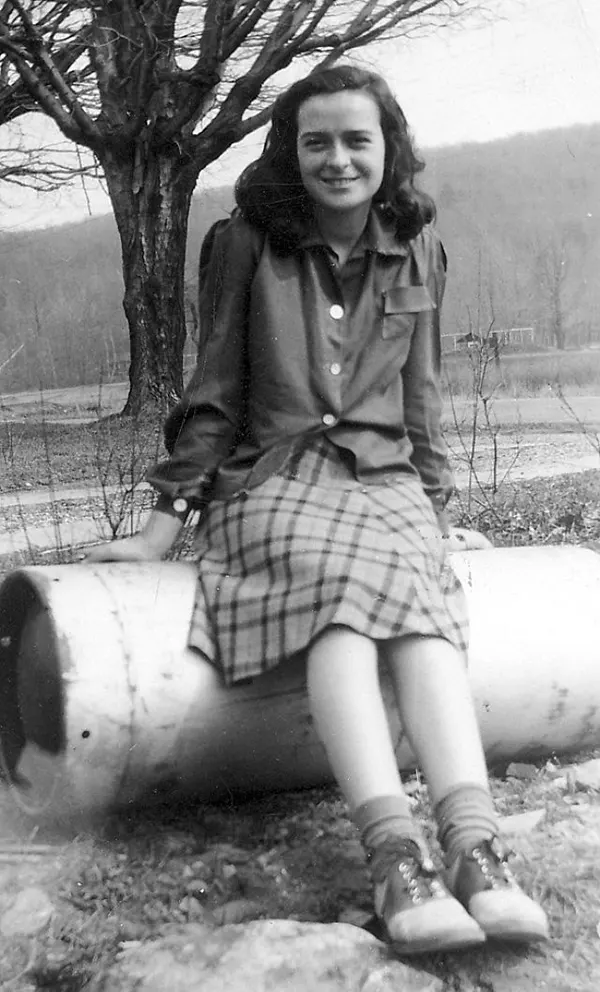
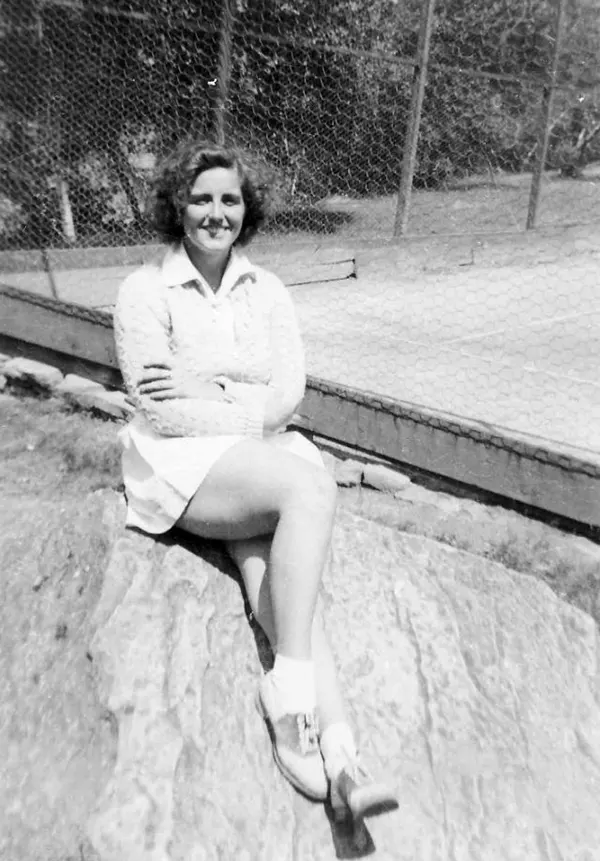

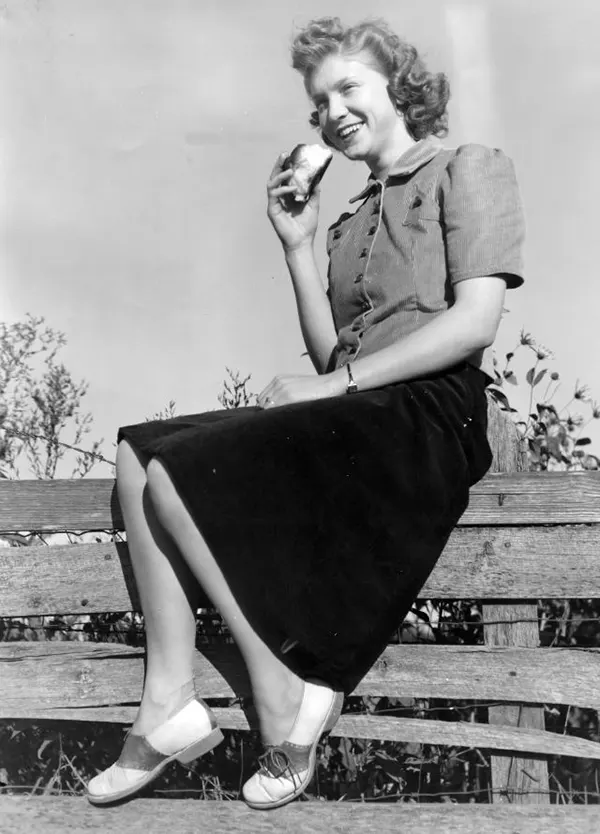
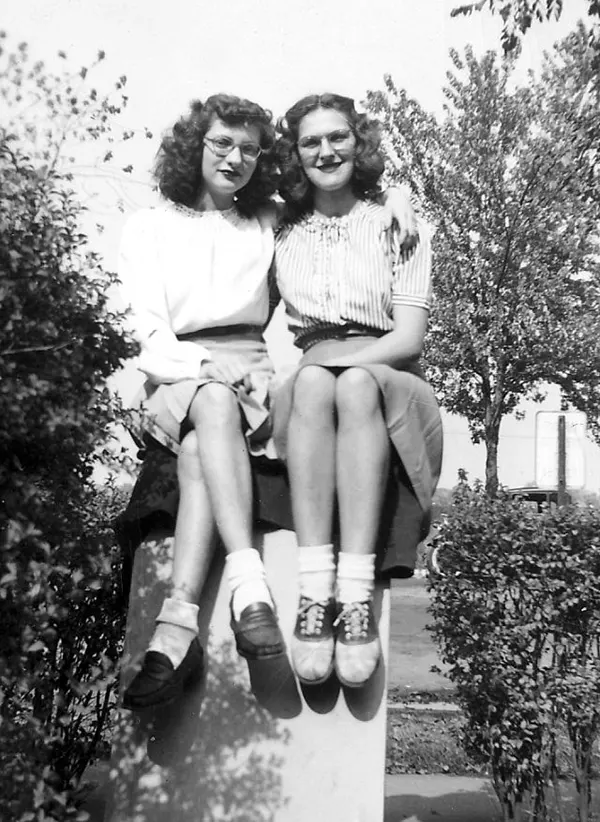



(Photo credit: Abraham J. Levine via Flickr / Pinterest).


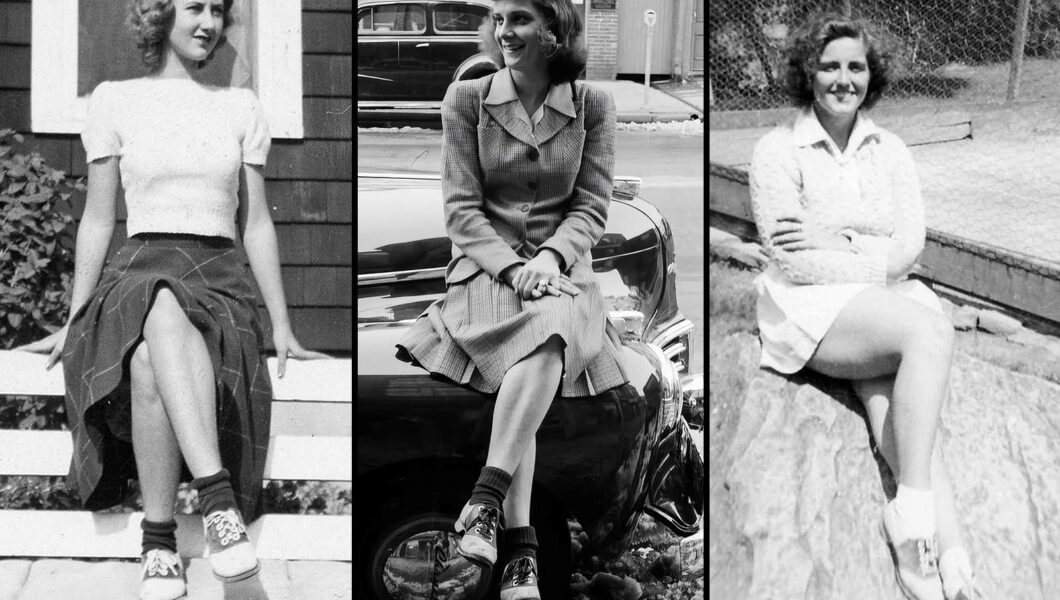
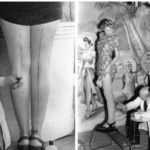
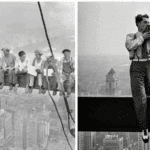
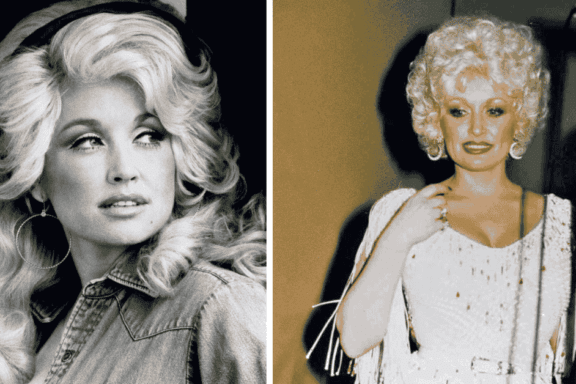

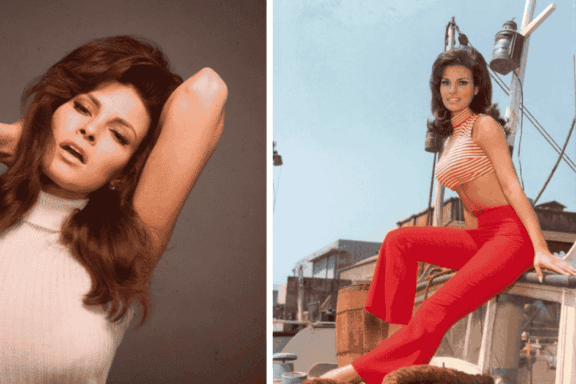
No Comments